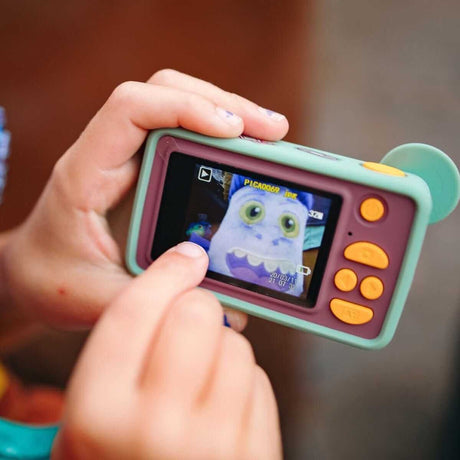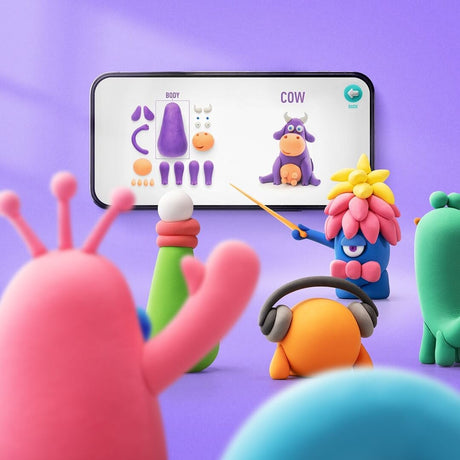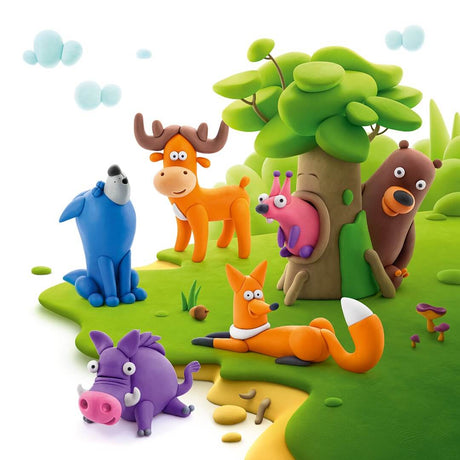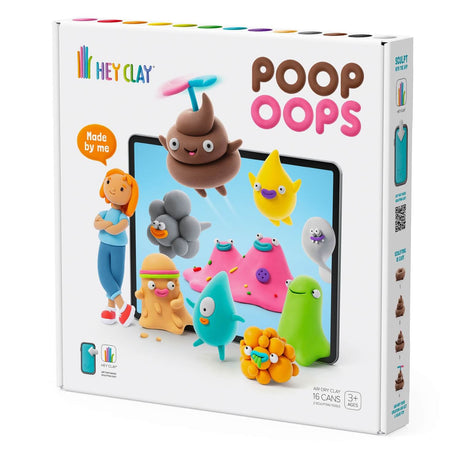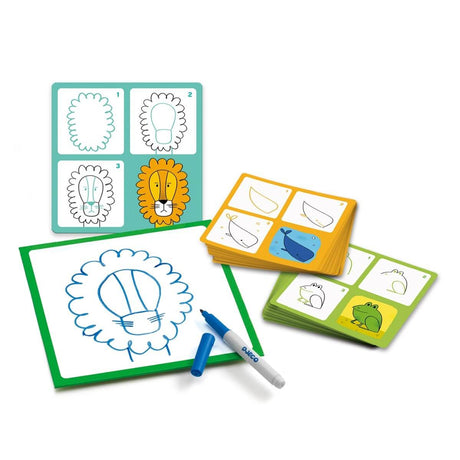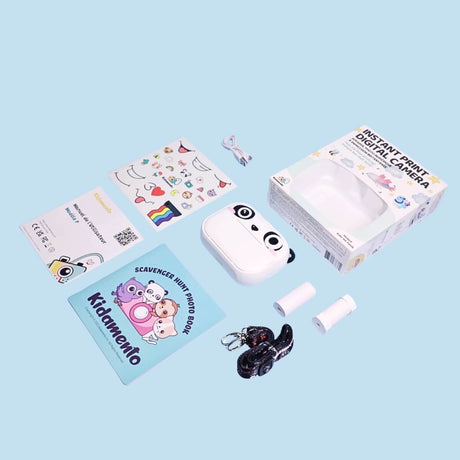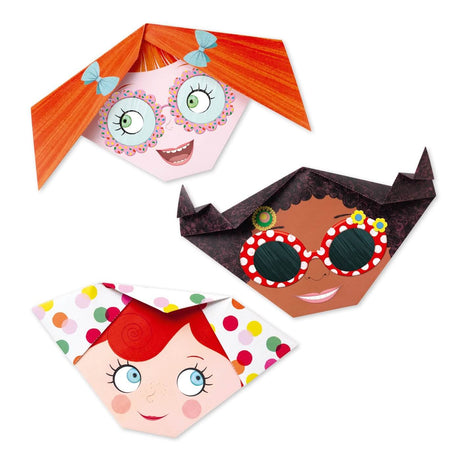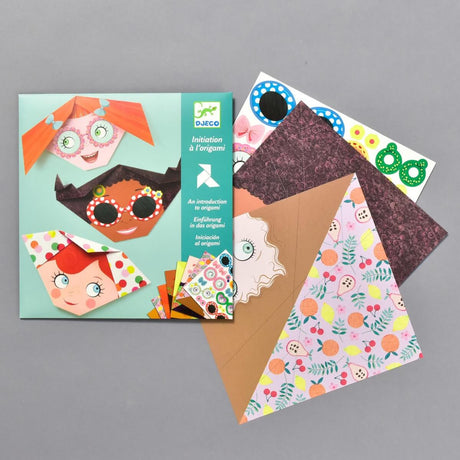Offer your 2-year-old a pair of scissors? Really? Yes, absolutely!
At this age, it's important to use toddler-friendly scissors to develop fine motor skills and hand strength. But the benefits don't stop there. Using scissors also helps develop key cognitive skills.
Cutting: more than arts & crafts
Learning to use scissors is a great way to stimulate a child's fine motor skills . By cutting, toddlers develop the muscles of their dominant hand. In particular, it improves the control of the thumb movements, which will help to hold a pencil properly.
His eyes and hand also learn to work together when he cuts, which is an asset for getting dressed (using a zipper or fastening buttons, for example) and for ball games.
Finally, cutting allows a child to coordinate their two hands when they are not doing the same thing. This coordination will help him move a sheet of paper while writing, use a fork and knife and tie his shoes.
The cognitive benefits of using scissors from 2 years old
- Bilateral integration: using both sides of the body simultaneously - for example, one hand holding the paper, while the other uses the scissors.
- Visual-motor skills: coordinating the eyes and hands together.
- Sequencing: follow steps in a particular order - hold the paper in one hand, hold the scissors with your thumb on top, then alternately open and close the scissors.
- Concentration: maintaining attention on a task for longer.
Tips for introducing scissors
Your 2 year old child will not yet be able to cut precisely. The goal at this stage is to help your child feel comfortable using scissors and making small cuts.
Thumbs up. When your child is holding scissors, make sure their thumb is facing up. His middle finger can fit into the loop, but the placement of the other fingers doesn't matter. To help your child remember, you can draw a smiling man or a star on their thumbnail with a washable marker. If he can see it, his thumb is in the right place :)
Start small. Give your child small pieces of paper that are easy to hold. You can also tape one side of the paper to a table or wall. This will allow him to concentrate on cutting without having to hold the paper at the same time.
Vary the materials. Encourage your child to cut out modeling clay, junk mail (the contents of the Publi-Sac can finally be used!) or even herbs. If your child seems up for a challenge, he or she can try cutting card stock or other types of thick paper. The thicker material can help strengthen their hands and improve their cutting accuracy.
Make a paper chain. Once your child gets the hang of cutting, try making a simple craft. Cut several long strips of paper about 2 to 3 cm wide. Invite your child to cut them into shorter segments about 10 cm long. Wind each strip thus created into a loop, connect it to the next one and secure them with adhesive tape to form a chain.
Tips to help learn to cut
Reduce frustrations and encourage patience
Learning to use scissors can be a difficult task for toddlers, but creating a positive and patient environment is essential to avoid frustration. It is important to encourage your child throughout the process and value their efforts so that they develop confidence and perseverance.
- Gradually introduce the use of scissors : Start with short sessions so your child doesn't feel overwhelmed.
- Use materials that are easy to cut at the beginning : Provide thin paper or modeling clay for the first experiments to be successful.
- Praise efforts over results : Value attempts and progress over perfection.
- Provide regular breaks to prevent fatigue : Allow your child to take breaks to prevent him from becoming tired or frustrated.
- Encourage with varied activities to maintain interest : Offer different cutting activities to make learning more fun.
- Be patient and understanding about mistakes : Reassure your child that mistakes are part of the learning process.

Integrate scissors into daily activities
Incorporating scissor use into everyday activities allows your child to practice their skills in a natural and enjoyable way. By making cutting an integral part of the daily routine, you can help your child become familiar with this tool in a fun and useful way.
- Cut out coupons or pictures from magazines : Use downtime to cut out pictures or coupons, turning a mundane task into an educational activity.
- Create collages with cut-out pieces of paper : Encourage your child to cut out different shapes and colors to make artistic collages.
- Cutting soft ingredients when preparing meals : Involve your child by asking them to cut soft herbs or fruits under your supervision.
- Make simple craft projects like paper garlands : Suggest simple crafts that include the use of scissors to develop creativity.
- Personalize cards or invitations with decorative die-cuts : Incorporate die-cut activities into creating cards or invitations for special occasions.
Final word
Learning to use scissors is an important step in your child's development. By integrating this tool into their daily life in a fun and safe way, you can not only improve their motor and cognitive skills, but also strengthen their self-confidence and patience. Remember to choose suitable scissors, encourage them and value every progress, no matter how small.
By taking a progressive, positive approach, you will turn this essential skill into a fun and enriching activity for your child.




